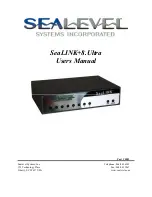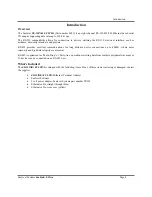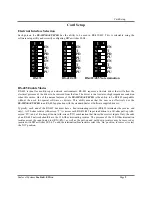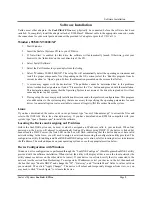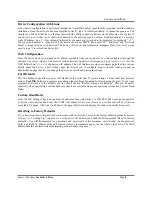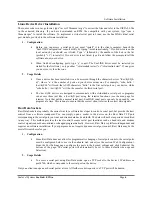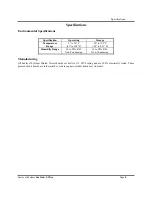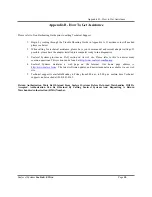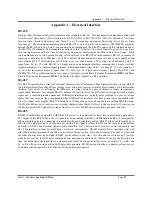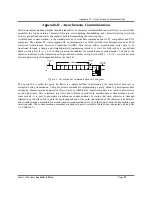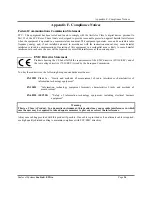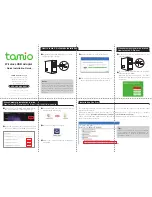
Software Installation
Sealevel Systems
8.Ultra
Page
5
Windows Device Driver Configuration
SeaLINK is a general-purpose redirector client from Sealevel Systems, Inc. that lets Windows-based PC
applications use shared serial lines on serial servers. SeaLINK supports up to 16 redirected COM ports.
With SeaLINK, you can configure Windows applications to communicate with COM ports on a remote serial server
as if they were local to the PC
Users with a basic understanding of Windows can follow the steps below to be up and running in minutes. More
information is available in the full User’s Guide and on the Sealevel Systems, Inc. website.
1.
Confirm the following:
•
You are using an Intel-compatible PC running Windows 2000, Windows NT 4.0 SP5, Windows ME,
Windows 98 or Windows XP.
2.
Install SeaLINK on your PC:
•
Log in as a user with administration privileges. (It is not necessary to be an admin to use SeaLINK.)
•
Quit all Windows programs that use COM ports.
•
Run the SeaLINKConfig program and note your IP address. SeaLINKConfig will find all of the SeaLINK
servers currently installed on the same network segment (Broadcast Domain) as the machine you are
executing it from.
3.
Create the SeaLINK COM ports:
•
After the installer runs, the Select Ports Window appears. Check one or more new COM ports for
SeaLINK to create and click OK.
Note: The list of COM ports will not include those already in use by Windows on this PC.
4.
Configure and verify SeaLINK COM ports: Do not enter any values in the User Name or Password
field. These fields are not valid for this version of SeaLINK.
•
The main SeaLINK Window should now be open. If not, right click on the SeaLINK icon in the System
Tray and choose Configure. Then enter the serial server’s IP Address and Port Number in the boxes
provided for each COM port.
Note: The SeaLINK Serial Server will place the port at 4680
•
Click the Configuration Wizard button in the Main Window and then click Start. This important step will
confirm that each new port just created can communicate with the serial server at the specified IP address
and port number. Once the Status returns a series of green checkmarks indicating a working configuration
click the Use Settings button and proceed to the last step of setting up your applications.
•
Use WinSSD to verify that the COM ports a re configured correctly and fully functional.
•
See the Installation chapter in the User’s Guide if you need more information.
5.
Reconfigure your applications to use remote devices or SeaLINK COM ports:
•
Change your application settings to use a previously installed SeaLINK COM port.
Your application can now be used over a Windows TCP/IP network.

